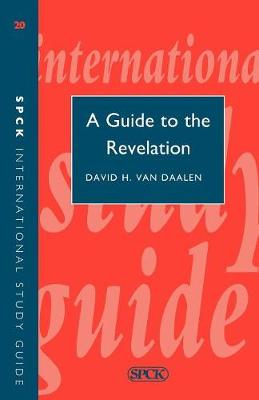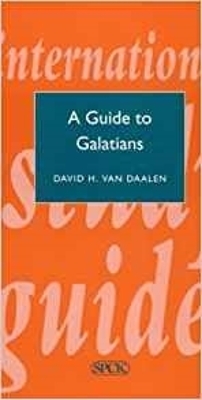Theological Education Fund Guides
2 primary works
Book 20
Ever since it was written the Revelation to John has both baffled and fascinated its readers, chiefly because its language is so strange and the visions it describes so mysterious. Those unfamiliar with the language of apocalyptic can easily misinterpret its message, and it can puzzle those who forget that John was writing of what he believed would 'soon take place', in order to warn, guide and comfort particular people in a specific historical situation. Throughout the Guide the author has kept these two considerations in view. His introduction sets the scene, with a brief survey of the historical and literary background to the Revelation and John's purpose in writing it. His Postscript points to the remarkable similarity, as well as differences, between John's time and our own. Study of the Bible text follows the usual pattern for the series. Fuller notes on some general themes support the detailed interpretation; the customary question material includes subjects for discussion and research; and topical photographs underline the relevance of John's message for the Church in the world today.
Book 28
Paul's letter to the Galatians is one of the earliest writings of the New Testament and, though short, it is one of the most important. In responding to the situation in the Galatian churches Paul brought out the deeper significance of events and people's reactions to them. His letter is not just an interesting historical document from which we can learn something about a small part of history of the early Church; it has a lasting significance for our own lives and lessons we must apply in our own churches. This guide offers detailed interpretation and commentary on the bible narrative which is supported by notes on the historical and literary background, and on the importance of Paul's letter to the Galations. Study material includes suggestions for research and discussion.

